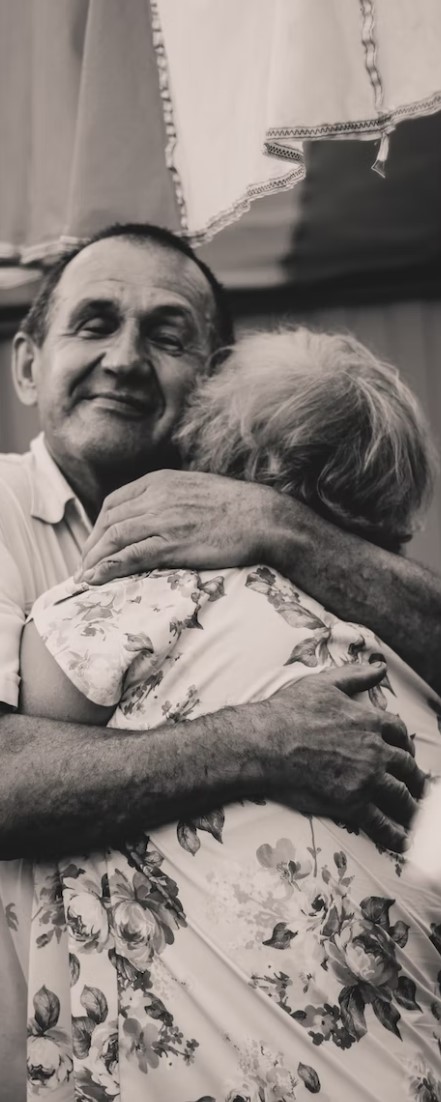Resident mental health and wellbeing is a critical issue in affordable housing. A 2021 LeadingAge survey of affordable housing providers found that to the question “What do you anticipate as the top operational challenge in the next three months,” over 57.9% responded that resident mental health was the top concern, followed by staffing/workforce (54.5%) and financial challenges (33.9%). An important way to understanding the community’s mental wellbeing needs is to start with the people most connected to the older adults in the community: resident service coordinators, managers, social workers, and other staff.
Data is an important part of our story. When we share the successes of our project at FPCIW, we mention that 95% of residents in our pilot said that their counseling sessions helped them address their emotional concerns, or that 71% said that their online counseling experience was just as good as in-person sessions. Data helps us measure the impact of our work.
What data we collect, when we collect it, and how we collect it depend on factors such as time, cost, and privacy considerations. There is an array of data tools that measure impact and help craft a narrative of serving the mental health needs of older adults using technology: pre- and post-surveys, focus groups, interviews, and other tracking information to help establish baseline conditions and the effectiveness of your program. Whether you’re simply counting the number of people attending a workshop on depression or anxiety, or evaluating behavioral health changes through Patient Health Questionnaire (PHQ) screeners, data is important to linking impact to stories—and providing these surveys in-language to all of your residents is paramount.
Following are some examples of survey tools we created:
Using data tools that are publicly available will help to further shed light on the impact of your Telewellness Program on social engagement and loneliness. Note that if you’re going to use a survey or part of a survey formally created by a researcher, be sure that the tool is royalty-free or that you have permission to use it. Participants of our Telewellness project used the following surveys such as:
When evaluating the impact of your program, depending on your goals, reporting of your findings is an important part of your story. A number of survey tools are available to provide you with a brief analysis of data such as SurveyMonkey. Another important resource to consider would be to partner with a local research university—faculty and student researchers are sometimes open to providing pro bono research services to community-based efforts.
Your mental health service provider is a critical source of data. Once you’ve identified your provider, be sure to ask them to report on the number of clients and therapy sessions conducted, and any general information they can offer that comply with patient privacy and HIPAA regulations. One important challenge to consider is striking the right balance between collecting meaningful data and residents’ concerns for privacy and time. Your community members may sometimes find that surveys and forms are intimidating and invasive. While data is necessary to assessing your program’s impact, it needs to take a measured tone in length and sensitivity.




